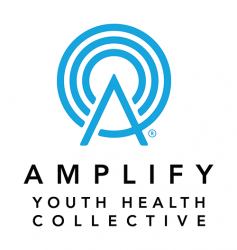The Sexuality Education Cornerstone Seminar (SECS) is our most popular training opportunity for foundational information about sexuality education. SECS is designed for educators, youth-serving professionals, and individuals interested in entering sexuality education and are seeking a basic foundation of knowledge in sexuality and sexual health information that they can share with their populations. Participants receive up-to-date information about protection methods, anatomy, puberty, sexual and gender identity, communication, and sexually transmitted infections. They also develop the knowledge, skills, and practice needed to deliver information and answer questions related to sexuality. Each session of this lively, interactive, three day seminar combines discussion and hands-on practical experience in specific subject areas.
At the conclusion of the seminar, participants of this course are able to:
- Discuss key sexual health topics.
- Utilize interactive lessons for a variety of topics in sexuality education.
- Implement teaching strategies that address diverse learning styles and experiences.
- Answer questions related to sexuality in a non-judgmental, inclusive, and comprehensive manner.
- List at least three vetted resources for information on sexual health topics.
- Identify key elements of effective sexuality education.
- Define Harm Reduction Theory as it relates to sexuality education.
- Describe the role of facts vs. values, attitudes, and beliefs in teaching and learning about sexuality.
A certificate of participation is given upon successful completion and evaluation of the seminar. This training does not certify participants as sexuality educators, though some professional development and continuing education credits are available.



